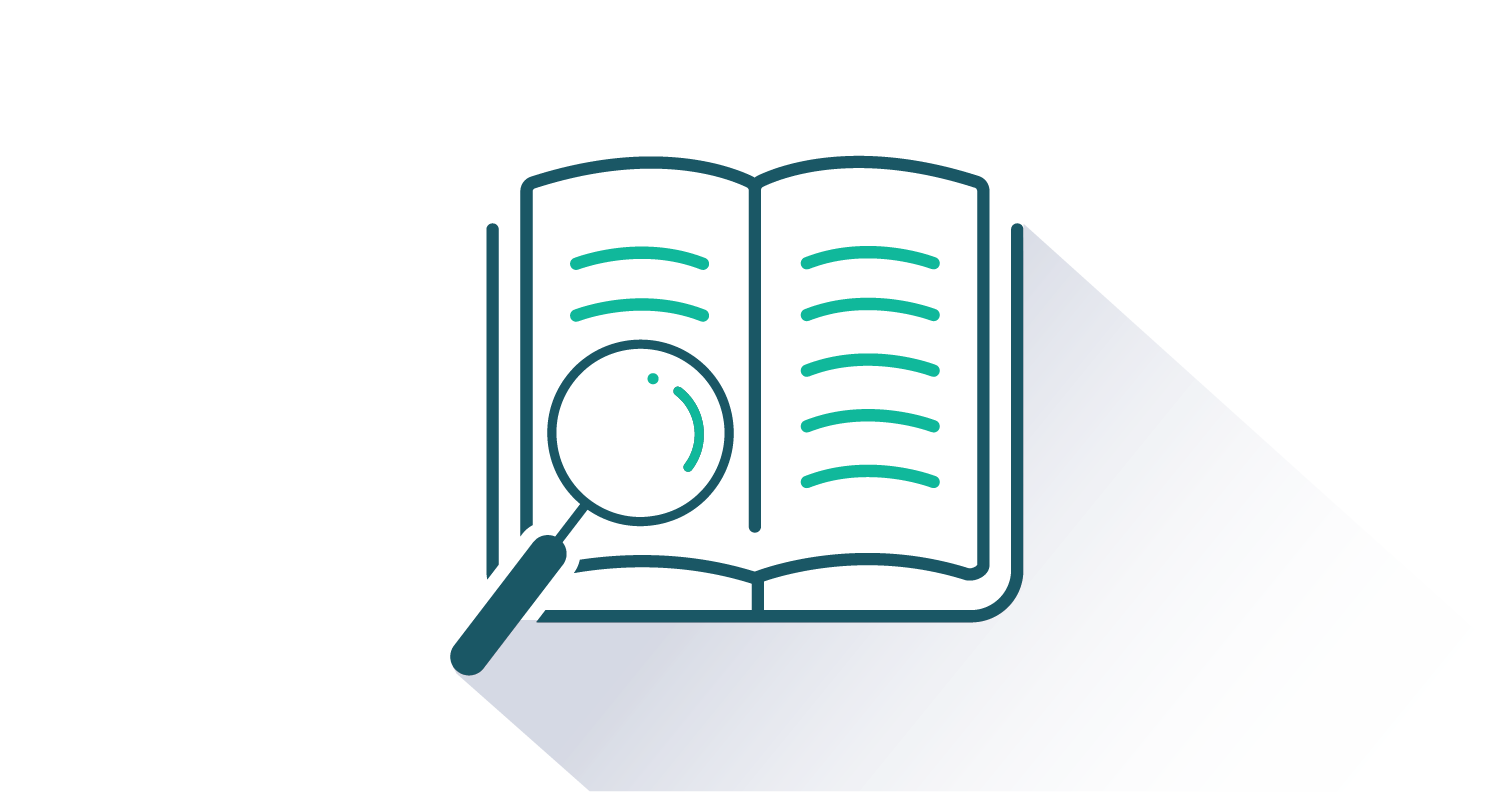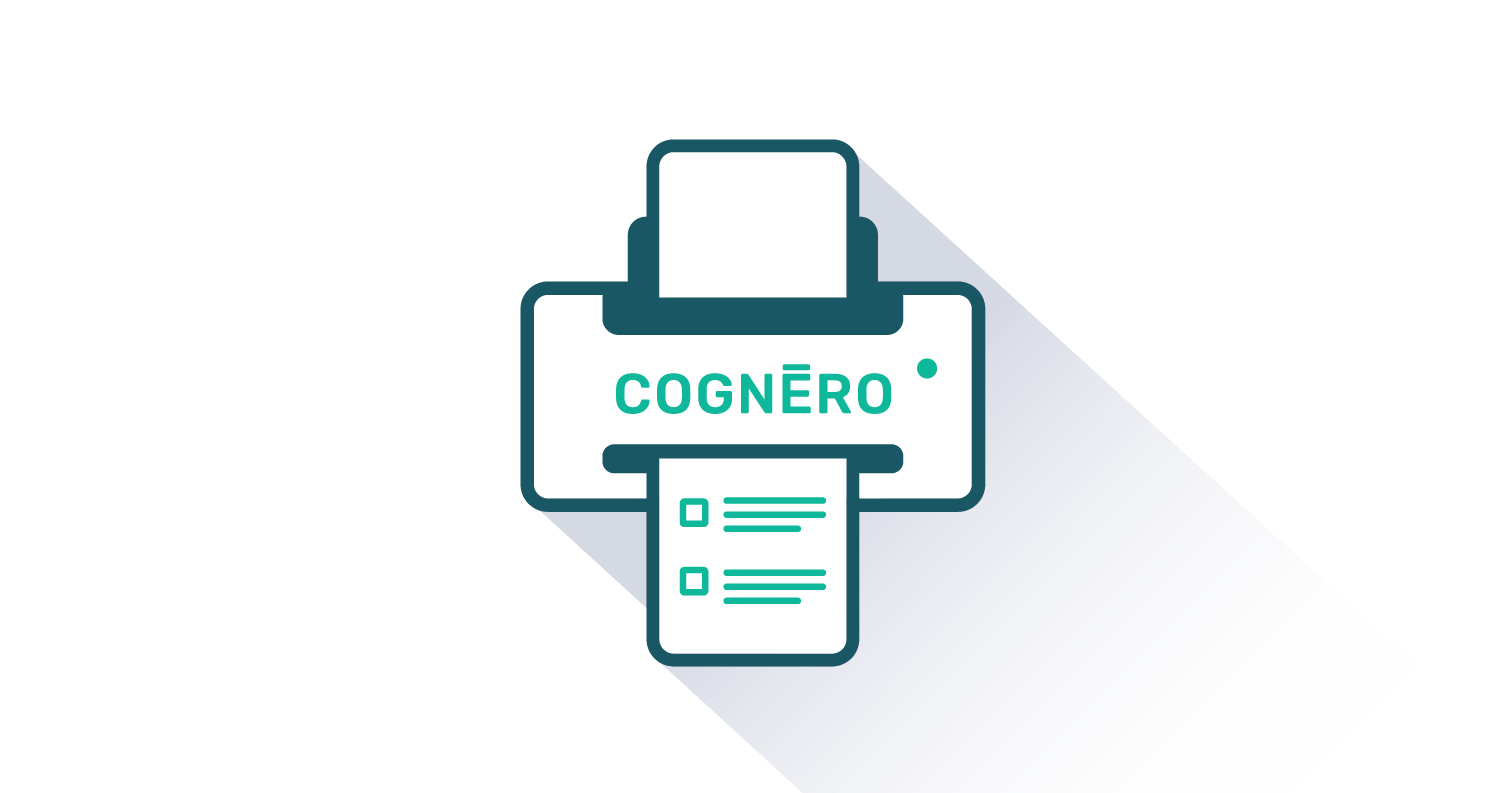Martin S. Shapiro FlatWorld
Martin S. Shapiro (Ph. D. University of Hawaii, Manoa) is Professor of Psychology and Graduate Coordinator at California State University, Fresno. He holds an undergraduate and a master’s degree in biology and was a post-doctoral researcher in the Department of Zoology, Oxford University. From 2007-2016 Martin participated in the American Association of State Colleges and Universities Global Challenge initiative to create curricula focused on the interconnectivity of key global issues. For several years he was the chair of a task force for high-impact practices and project-based learning at CSU Fresno.
Martin’s primary research interests are in learning, decision making, and neuroscience. His initial research focused on animal learning, choices, and behavior but has evolved to a current emphasis on risky decision making and physiological and emotional arousal in humans. Martin currently manages an active psychophysiology lab measuring heart rate, skin conductance response, facial EMG, electroencephalography, and salivary cortisol while participants make economic and risky decisions. Martin has also worked with students testing brain-computer interface equipment by Emotiv™ and Neurosky™. The interface allows participants to learn to move objects on a computer screen by controlling specific brainwaves using a modified EEG cap and biofeedback. He also collaborates with other departments that are interested in physiological responses related to their areas of interest, such as winemaking and tasting (viticulture) and television and commercials (mass media). Martin believes it is crucial to provide students with opportunities to involve themselves in the experience of research.
Martin has taught courses in biopsychology and neuroscience for the past 23 years as well as courses in motivation, learning and memory, senses and perception, human physiology, biology, and animal behavior. He has received several teaching awards from CSU, Fresno, including a University Provost award for using technology in teaching, the psychology department’s instructor-of-the-year honor, and the student-selected Faculty Lecture Series Award given to three faculty members at CSU, Fresno each year.







